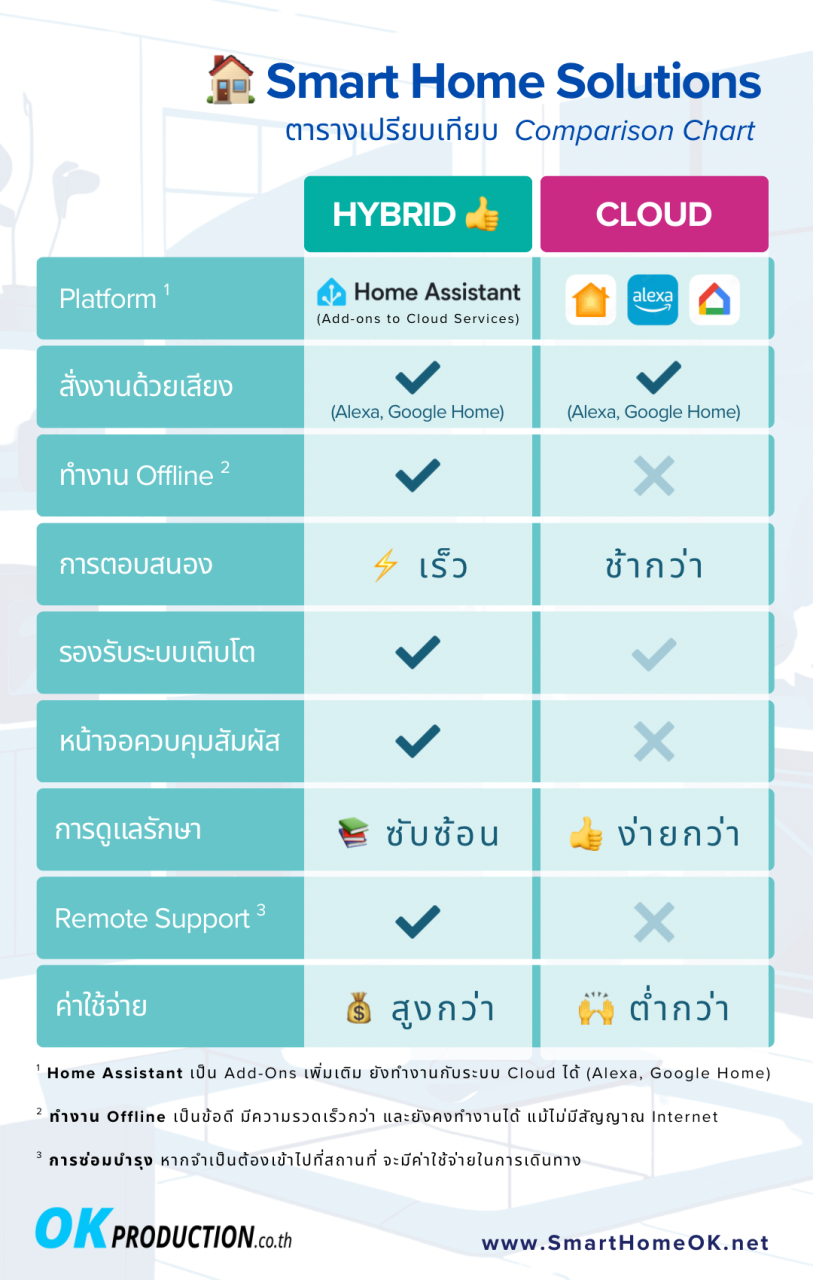Introduction: The Unsung Architects of Local Economies
In an age dominated by global corporations and rapid technological advancements, the humble home industry often operates quietly, yet powerfully, as the bedrock of local economies and a vibrant expression of human creativity and entrepreneurial spirit. Far from being a relic of the past, the home industry sector – encompassing everything from artisanal crafts and bespoke food products to customized digital services and small-batch manufacturing – is experiencing a dynamic resurgence. It’s a sector characterized by innovation, adaptability, and an intimate connection with its customers. The news emerging from this landscape is not just about small businesses; it’s about the future of work, sustainable consumption, community building, and the empowerment of individual entrepreneurs. This article delves into the latest trends, challenges, opportunities, and the evolving narrative of home industry news, painting a comprehensive picture of its pivotal role in the modern world.
The Pandemic’s Paradox: A Catalyst for Home-Based Entrepreneurship
While the COVID-19 pandemic brought unprecedented disruptions to global supply chains and traditional brick-and-mortar businesses, it inadvertently served as a powerful catalyst for the home industry. With lockdowns enforcing remote work and a shift in consumer behavior towards local and online purchasing, countless individuals turned their hobbies into businesses or leveraged their skills to create new income streams from home. This period saw a surge in registrations for e-commerce platforms like Etsy and Shopify, a boom in local delivery services, and a renewed appreciation for handcrafted, unique, and ethically produced goods.
The news headlines from this era highlighted the remarkable agility of home-based entrepreneurs. From bakers pivoting to online orders and doorstep delivery, to seamstresses producing masks and then custom apparel, and digital artists offering personalized commissions, the home industry demonstrated its inherent resilience. This phase cemented the understanding that home industries are not just supplementary; they are critical components of economic stability and innovation, capable of rapid adaptation in times of crisis.
Key Trends Shaping the Home Industry Landscape Today
The post-pandemic world has seen these trends solidify and evolve, leading to several defining characteristics of the current home industry news cycle:
-
Digital Dominance and Social Commerce: The shift to online sales is now irreversible. Home industries are leveraging social media platforms (Instagram, TikTok, Facebook) not just for marketing, but as direct sales channels. Live shopping events, influencer collaborations, and highly visual content are common strategies. The news frequently features stories of micro-entrepreneurs building substantial brands solely through digital engagement, showcasing the democratization of marketing.
-
Sustainability and Ethical Sourcing: Consumers are increasingly conscious of the environmental and social impact of their purchases. Home industries, often operating on a smaller scale, are uniquely positioned to meet this demand. News reports frequently highlight businesses emphasizing zero-waste production, upcycled materials, locally sourced ingredients, fair trade practices, and transparent supply chains. This trend isn’t just about market appeal; it’s about a core ethos that resonates deeply with modern buyers.
-
Hyper-Personalization and Customization: In a world of mass production, the ability to offer unique, tailor-made products stands out. Home industries excel at this, whether it’s custom artwork, personalized gifts, bespoke clothing alterations, or dietary-specific food items. The news often celebrates the human touch and the story behind each custom creation, forging a deeper connection between producer and consumer.
-
The "Local First" Movement: There’s a growing desire to support local economies and small businesses. Farmers’ markets, community craft fairs, and local online marketplaces are thriving. News outlets regularly feature local heroes – home-based entrepreneurs whose success contributes directly to the vibrancy and economic health of their immediate communities, reducing carbon footprints and fostering local pride.
-
Niche Market Specialization: The digital age allows home industries to find and serve highly specific niche markets that larger corporations might overlook. From specialized pet products to artisanal vegan cheeses, unique hobby supplies, or culturally specific crafts, these businesses thrive by deeply understanding and catering to a dedicated customer base. This specialization is a recurring theme in business news for home industries, demonstrating how focused offerings can lead to significant success.
-
Technology Integration Beyond E-commerce: While e-commerce is fundamental, home industries are also adopting other technologies. This includes design software (e.g., Canva, Adobe Creative Suite), small-scale 3D printing for prototypes or custom components, inventory management apps, accounting software, and even basic automation tools for production processes. News stories often highlight how these tools empower individuals to operate with greater efficiency and professionalism.
Navigating the Challenges: The Flip Side of Home Industry News
Despite the booming opportunities, the home industry sector is not without its hurdles. News coverage frequently addresses these challenges:
-
Market Saturation and Competition: With more people entering the home industry space, standing out can be difficult. Entrepreneurs face the constant challenge of differentiating their products or services in crowded online marketplaces.
-
Scaling and Growth Barriers: A common narrative in home industry news is the struggle to scale up. Limited space, time constraints (especially for those balancing family or other jobs), and the manual nature of many home-based operations can hinder significant growth. Moving from hobby to full-time business often requires navigating complex decisions about hiring, external production, and infrastructure investment.
-
Marketing and Brand Building: While digital tools are accessible, effective marketing requires skill, time, and often financial investment. Building a strong brand identity and reaching the target audience amidst digital noise remains a significant challenge for many home entrepreneurs.
-
Regulatory Hurdles and Compliance: Depending on the product (especially food, cosmetics, or children’s items), home industries can face complex regulations regarding health and safety, licensing, zoning, and taxation. News articles occasionally highlight the difficulties entrepreneurs face in navigating these legal landscapes, sometimes leading to closures or fines.
-
Work-Life Balance: The blurred lines between home and work can lead to burnout. Entrepreneurs often find themselves working long hours, impacting personal life and mental well-being. This human element is an important, though often understated, aspect of home industry news.
Opportunities and the Future Outlook: Fortifying the Foundation
Despite the challenges, the future of home industries looks bright, largely due to inherent strengths and evolving support systems:
-
Low Overhead and Flexibility: The ability to start with minimal capital and operate from home significantly reduces initial risks and allows for unparalleled flexibility in managing time and resources.
-
Direct Customer Connection: Home industries can build authentic relationships with their customers, fostering loyalty and gathering direct feedback that informs product development.
-
Government and Community Support: Many governments and local communities are recognizing the economic importance of home industries. News reports increasingly feature initiatives such as grants, training programs, mentorship schemes, and dedicated marketplaces designed to support small, home-based businesses.
-
Collaborative Ecosystems: Home industries are not always solitary ventures. Collaborative spaces, shared kitchens, online communities, and cooperative marketing efforts are emerging, fostering a supportive ecosystem where entrepreneurs can share knowledge and resources.
Looking ahead, home industry news will likely continue to emphasize further digital integration, potentially seeing more adoption of AI for personalized marketing, inventory prediction, and even design assistance. The focus on hyper-local and hyper-niche markets will intensify. Furthermore, as sustainability becomes even more paramount, home industries are poised to lead the way in showcasing ethical and environmentally friendly production models.
Conclusion: More Than Just Businesses – A Movement
The home industry sector is far more than a collection of small businesses; it represents a powerful economic movement rooted in passion, craftsmanship, and community. The news from this sector tells a story of remarkable resilience, innovative adaptation, and a deep connection between producers and consumers. While challenges persist, the opportunities for growth, impact, and personal fulfillment are immense. As consumers increasingly seek authenticity, sustainability, and personalization, the home industry stands ready to meet these demands, continuing to be a vibrant, indispensable, and increasingly professional engine driving local economies and enriching global culture. The headlines of tomorrow will undoubtedly continue to celebrate these unsung architects, shaping a more personalized, ethical, and interconnected marketplace.

